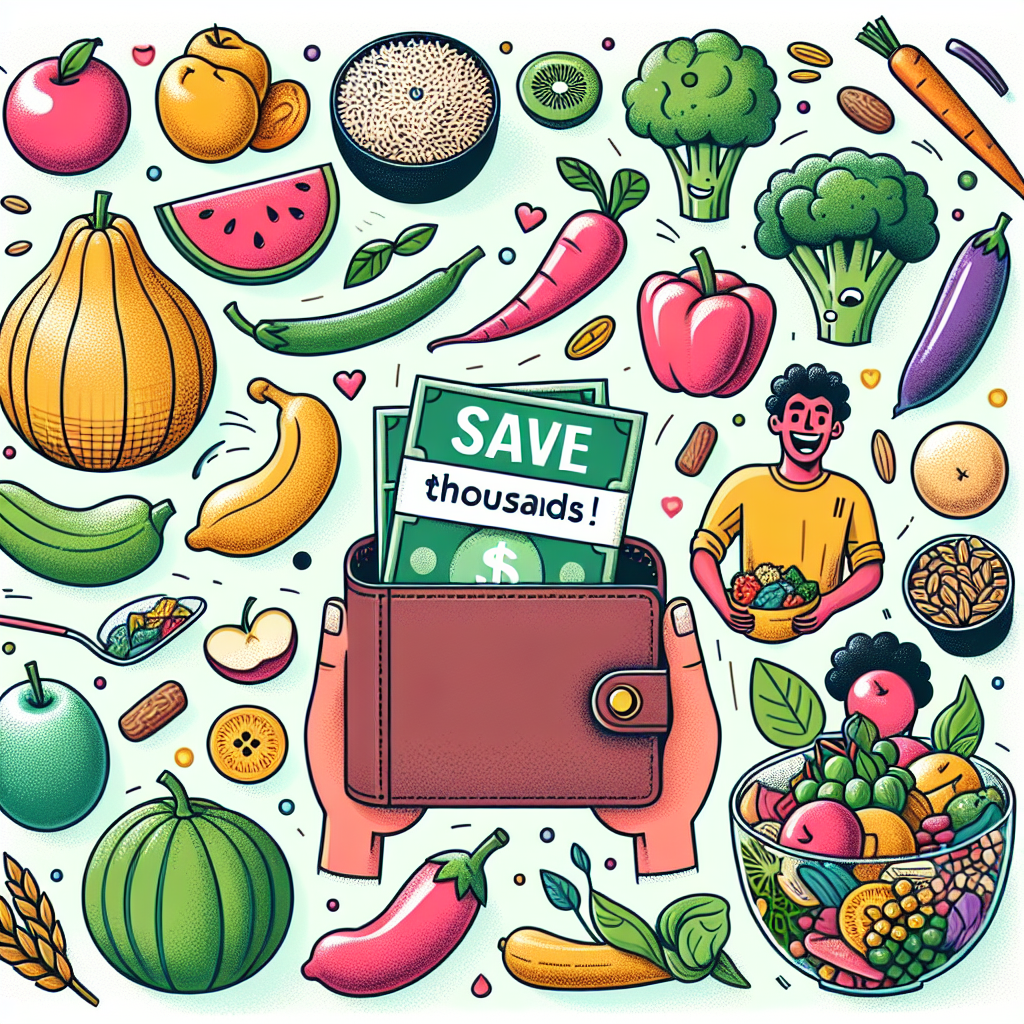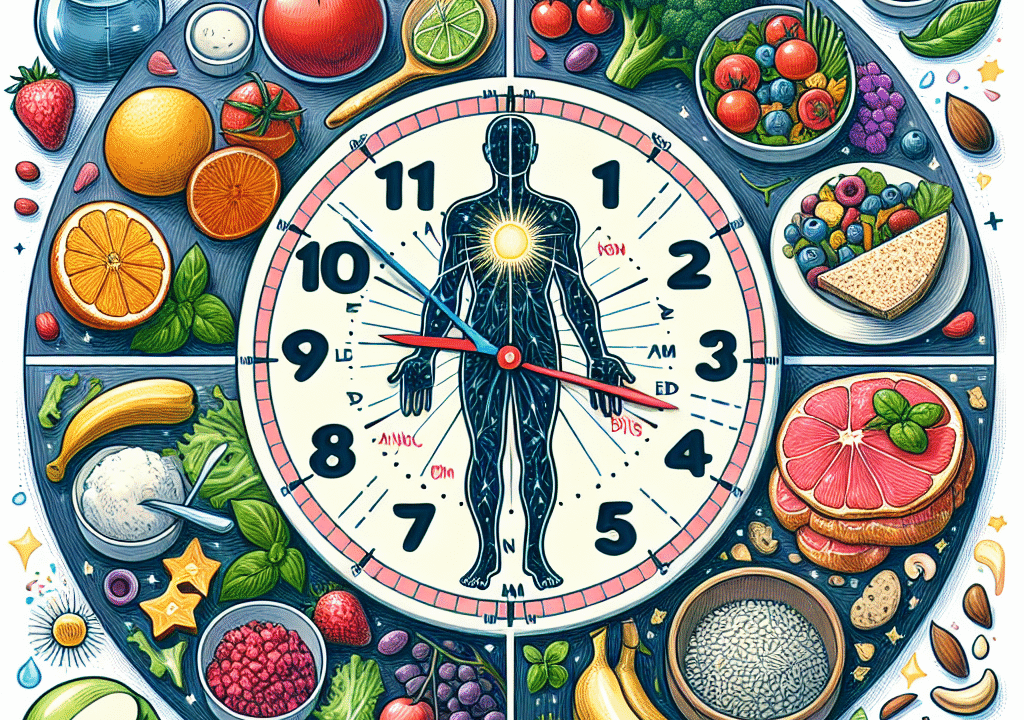
Budget-Friendly Vegan Lifestyle: How I Saved Over $3,000 a Year by Ditching Meat
If someone had told me a few years ago that adopting a plant-based lifestyle would save me more than $3,000 annually, I would’ve been skeptical. Like many others, I assumed veganism required expensive specialty items, obscure ingredients, and sky-high grocery bills. But to my surprise, switching to a plant-based diet not only simplified our shopping list—with affordable staples like rice, beans, and seasonal fruits and vegetables—but also significantly cut costs across groceries, dining out, and healthcare.
Embracing a cost-effective vegan lifestyle helped me live in alignment with my values, boosted my overall health, and gave my bank account a much-needed break. Here’s a closer look at how cutting out meat helped me save thousands—and how it can work for you too.
The Financial Wake-Up Call
Before going plant-based, my partner and I regularly spent over $800 each month on food. Between weekly grocery runs packed with pricey meats and convenience snacks, and frequent takeout meals, our expenses quickly ballooned. According to the U.S. Department of Agriculture, the average American household of two spends between $588 and $1,159 each month on groceries and dining combined (USDA, 2023).
When we switched to a more budget-conscious vegan approach, we made simple, impactful swaps: beans instead of ground beef, oats instead of eggs, and homemade meals instead of takeout. Within three months, our grocery bills noticeably shrank. By the end of the year, we had saved over $3,000 compared to our previous meat-heavy spending.
Expert Insight:
“Meat and dairy are consistently among the most expensive items in the grocery store. Replacing them with legumes, grains, and vegetables can drastically reduce costs,” says Dr. Sharon Palmer, RDN, author of The Plant-Powered Diet.
Breaking Down the Savings: How a Vegan Diet Reduced Our Costs
1. Replacing Expensive Meats with Affordable Plant Proteins
Meat may be a staple in many diets, but it’s one of the most costly grocery items. For example, while a pound of beef can cost as much as $8, a pound of dried beans costs less than $2 and stretches across multiple meals.
Real-Life Example:
I used to spend around $15 on two chicken-based meals per week. Now, I pay just $5 for a large bag of lentils that lasts for several hearty meals like lentil stew, tacos, or lentil curry over rice.
2. Cooking at Home Instead of Eating Out
A significant shift came when we cut down on restaurant meals. By batch-cooking everything from vegetable soups to pasta dishes, we reduced our dining-out expenses dramatically—from $100 a week to just $30 a month.
Statistic:
The average American household spends over $3,500 annually on restaurant meals (Bureau of Labor Statistics, 2023). Cooking more at home could save over $1,500 a year.
3. Choosing Whole Foods Over Processed Alternatives
While many plant-based substitutes—like vegan sausages and faux cheeses—can be pricey, whole foods offer far more value. By focusing our meals around natural, unprocessed ingredients, we improved our nutrition and our bottom line.
Clarifying Example:
Instead of spending $5 on a box of sugary vegan cereal, we now buy a $1 bag of oats that lasts an entire week.
4. Experiencing Lower Healthcare Costs
One unexpected source of savings? Fewer medical expenses. Since adopting a plant-based diet, my partner’s cholesterol dropped significantly, and I no longer needed my daily antacids. With fewer doctor visits and prescriptions, our healthcare costs dropped by hundreds.
Expert Commentary:
“A plant-based diet has been shown to reduce the risk of chronic diseases such as heart disease, diabetes, and high blood pressure,” says Dr. Michael Greger, founder of NutritionFacts.org and author of the book How Not to Die. “A healthier body often translates to lower long-term medical expenses.”
Quick Fact:
A 2020 study in the Journal of Nutrition found that people following plant-based diets experienced 25% lower healthcare costs due to reduced risk of chronic diseases.
Tips for Going Vegan Without Overspending
Starting a vegan lifestyle can feel overwhelming at first, but small, practical steps can turn into meaningful savings. Try incorporating these simple tips to keep your grocery budget in check while transitioning to plant-based eating:
1. Buy in bulk: Purchase pantry staples like beans, oats, rice, and lentils from bulk bins, warehouse clubs, or local co-ops.
2. Plan your meals: Stick to a few versatile ingredients each week. For example, a $2 bag of rice can be transformed into dishes like stir-fries, burrito bowls, or soups.
3. Focus on seasonal, local produce: In-season fruits and vegetables are priced lower and taste better. Check out farmers markets, especially near closing time, for extra deals.
4. Treat processed vegan products as occasional indulgences: Keep vegan meats, cheeses, and frozen meals as treats—not staples.
5. Keep it simple: Budget-friendly vegan meals like peanut butter and banana toast, simple veggie stir-fries, or lentil chili can be nutritious, affordable, and satisfying.
Unseen Benefits Beyond Your Budget
The savings were incredible, but the lifestyle changes went beyond money. I became more mindful about what I bought, learned to cook creatively, and reduced our household’s food waste. On top of that, we both experienced increased energy and mental clarity.
Environmental Bonus:
Eating a plant-based diet helps reduce your ecological footprint. According to a 2018 study from the University of Oxford, switching to vegan eating can cut your food-related carbon emissions by up to 73%.
This knowledge—combined with financial savings—made our shift to veganism feel meaningful on every level.
Final Thoughts: Save Money, Eat with Purpose
Embracing a frugal plant-based lifestyle turned out to be one of the most impactful decisions I’ve ever made. It helped me save thousands, improved my health, and gave me purpose as I aligned my habits with sustainability and compassion.
You don’t have to overhaul your life overnight. Start small, remain consistent, and celebrate the wins along the way. You might be surprised by how far a bag of rice and a bunch of bananas can take you.
What Are Your Favorite Budget Vegan Tips?
Share them in the comments—and explore affordable wellness tools, prescriptions, and support for your plant-based journey at eDrugstore.com.
References
– USDA Food Plans: Cost of Food Report (2023). https://fns.usda.gov
– Palmer, S. (2020). The Plant-Powered Diet
– Bureau of Labor Statistics. Consumer Expenditures Report (2023)
– Journal of Nutrition. “Health and Cost Effects of Plant-Based Eating” (2020)
– Poore, J., & Nemecek, T. (2018). Reducing foods’ environmental impacts through producers and consumers. Science. https://science.org/doi/10.1126/science.aaq0216
– Greger, M. (2015). How Not to Die. Flatiron Books
Looking for Affordable Support During Your Vegan Journey?
Visit eDrugstore.com for plant-based friendly medications, wellness products, and discreet shipping to your door. Start saving while living healthier today.


